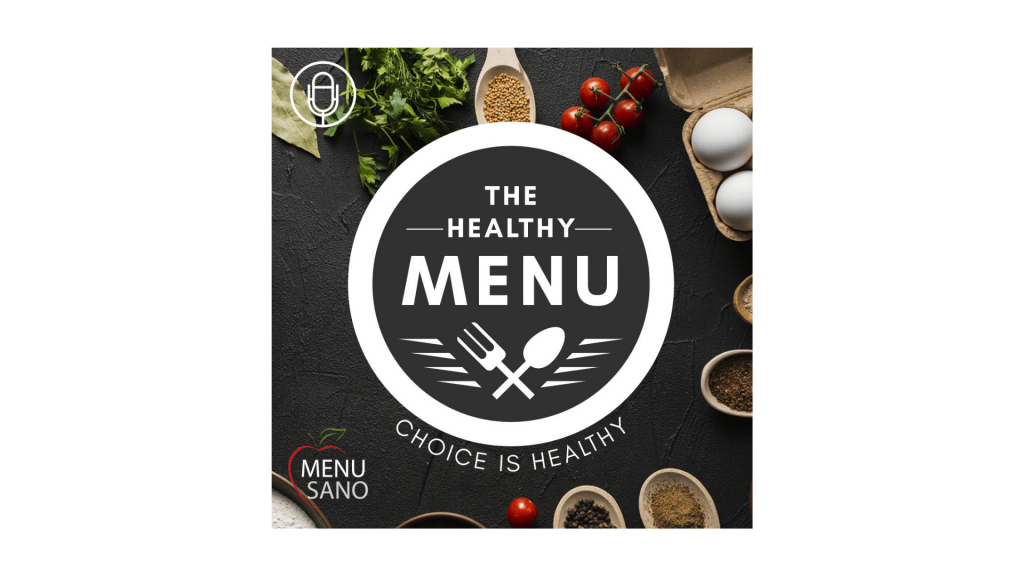
The Food Drug Administration’s legislation cites that “Manufacturers with $10 million or more in annual sales must switch to the new label by January 1, 2020. Manufacturers with less than $10 million in annual food sales have until January 1, 2021 to comply.” In Canada, regulated parties have until December 14, 2021 to adhere to this new legislation.
The FDA also states that manufacturers of most single-ingredient sugars such as honey and maple syrup and certain cranberry products have until July 1, 2021 to make the changes. Manufacturers of certain flavoured dried cranberries have until July 1, 2020 to make the necessary changes.
The CDC notes that brown sugar, corn sweetener, corn syrup, dextrose, fructose, glucose, high-fructose corn syrup, honey, lactose, malt syrup, maltose, molasses, raw sugar and sucrose are just some of the many different ingredients that contribute added sugars to food.
Legalities aside, in this day and age of conscious eating and healthier lifestyles, is this information a welcome choice for consumers and businesses alike or do calories posted on menus pose a conundrum? We chat with MenuSano’s Design and Marketing Manager, Christine Billinger, as she offers us her thoughts on the topic and the importance of nutrition fact label changes in this episode.
Light Transcription of Interview
K: Would you say this change in legislation is limiting for food service providers?
C: Not really, the changes were announced in 2016 by the FDA and in Canada, so there has been plenty of time to comply. Most food manufacturers have until 2021 to make the change.
Some argue that the change is not limiting enough. Manufacturers don’t have to limit the amount of added sugars, for example, they just have to declare it. It’s still really up to the consumer to look at the label, see how much added sugar is in the product and decide to eat it or leave it. It’s a pretty soft approach for the government to educate consumers about healthy heating and to shift the industry toward making healthier products.
K: Why is this change important?
C: The change is important for a few reasons. It ensures that consumers have access to the information they need to make informed decisions about the foods they eat.
Also, it is based on new scientific information, including the link between diet and chronic diseases such as obesity, heart disease, and type 2 diabetes.
For example, on the new FDA label, Added Sugars has been added to the Total carbohydrate category. This line tells you the amount of sugar that has been added on top of the sugars already contained in a food product.
Added sugars in the diet are linked with obesity, heart disease and type 2 diabetes. Our populations are consuming too much added sugars. Added sugars account for more than 15% of Americans’ total daily calories. The recommended level is less than 10%.
The change is important to providing consumers with more transparency about the foods they are eating so they can make healthier choices for themselves.
K: Why did this change occur in the first place?
C: Essentially, the government is trying to bring down the healthcare bill. As I mentioned there is a clear link between diet and health and the government is trying to make nutrition fact labels more informative so that people can make healthier choices. Obesity, heart disease, and type 2 diabetes are really costly to the government. The economic burden of obesity in Canada is about $7 billion annually.
In the US, researchers used a computer model which predicted that providing this information to consumers could prevent more than 350,000 cases of heart disease and nearly 600,00 cases of type 2 diabetes over the next two decades.
Essentially, this would save the US$31 billion in healthcare costs and $62 billion in productivity and other societal costs.
Also, the list of nutrients that are required has been updated. Vitamin D and potassium are now required on the FDA labels as our population has some deficiencies in these nutrients.
The daily values for sodium, dietary fibre, and Vitamin D are updated based on newer scientific evidence that says how much we should consume on a daily basis.
K: How much of an impact will this have for consumers?
C: The new label will make it easier for consumers to make better-informed food choices. Making the calories and serving size stand out more is more visually impacting than when it is in small print.
A big change is serving size, which has always been a bit misleading on nutrition labels. On the new labels, serving sizes will be based on the amounts of foods and beverages that people are actually eating, not what they should be eating.
For example, the reference amount used to set a serving of ice cream was previously 1/2 cup but is changing to 2/3 cup. For soda, it’s changing from 8 ounces to 12 ounces. This is more accurate to what people will consume in a sitting so the calories will be higher on the label than before.
K: Does knowing what is in our food affect our choices from a nutrition standpoint?
C: Yeah, that’s a good question. The answer is both yes and no based on the research. Food labels appear to work to shift some consumer behaviour for a few dietary targets, but not as well for others.
It’s too soon to say if the new label format will be more effective. At this time, it is safe to say that food labels may be most useful for generally raising awareness among consumers and the food industry about what nutrients should be measured and highlighted in food.
For the people it is important too – we absolutely need it. It is important for the government to continue to work to educate consumers beyond the nutrition label as well.
K: How do we educate food manufacturers in terms of adhering to this new legislation? What steps can they take to ensure that they are complying with the new rules?
C: The best thing to do is to visit the government websites. You can either visit the FDA website or the Canadian government website. They list exactly how to comply with the new regulations.
Read more: Bitesize: Creating a CFIA compliant Nutrition Fact Label



















